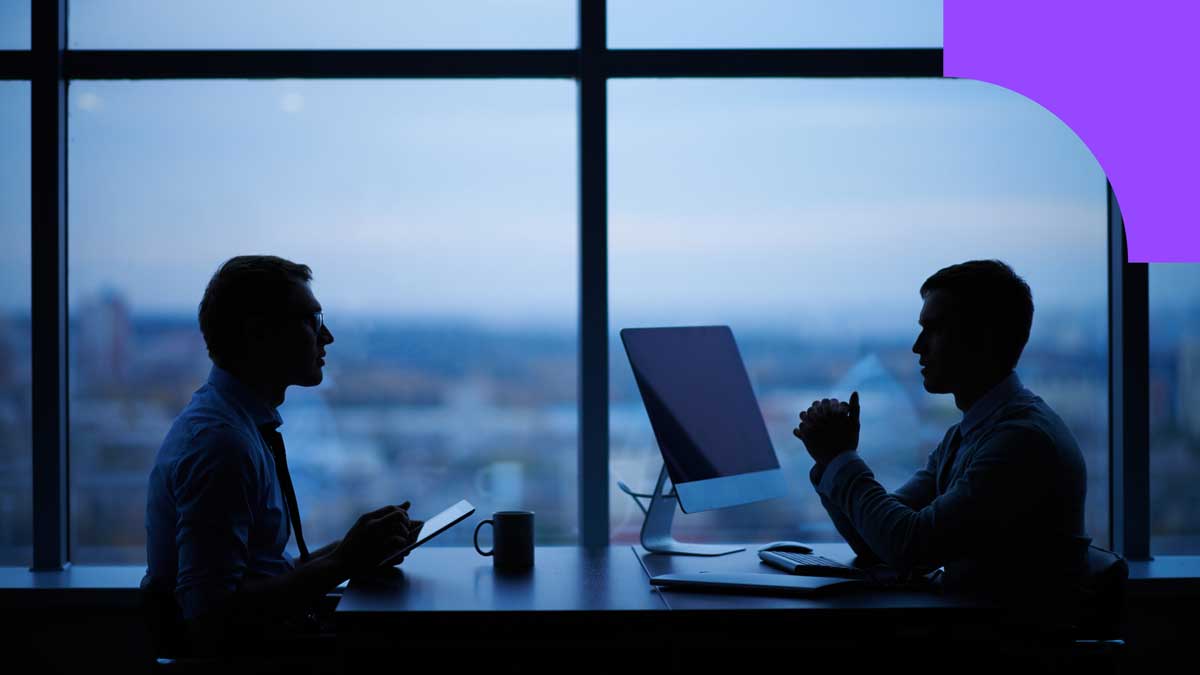
The harmful effects of computer and phone screens to our health
Blue light is non-threatening to the environment and does not pose the same level of threat to humans as UV rays. This might be the reason why it has been slipping past our health watchers for a long time. As recent studies show, diseases can arise from extreme eye exposure to blue light. This is especially alarming as we heavily rely on digital screens in our day to day lives. Before Edison started selling light bulbs, our only source of light was the sun and fires. This is the environment that the human eye has evolved to.Today, we cannot escape all that artificial lighting for even a second of the day and we are starting to pay the price. There are ways to avert this however like by wearing computer glasses which will be mentioned again later.
The circadian rhythm is the way the body normally knows when to sleep and for how long. This important body function can be compromised if the eyes are subjected to lighting at unexpected periods of the day. Add the fact that all of the major killers right now, like cancer, obesity, diabetes and certain heart diseases can be traced back to lack of regular sleep. It is obvious that blue light is a concern worth discussing.
What is it exactly?
So, what exactly is blue light? As we all know, the light spectrum is a range of wavelengths that is visible to the human eye. This range can be further subdivided based on the color it produces. One of these is the blue light. The human eye has evolved to maximize focus during the day light. Blue light has a boosting effect in the brain’s response time and mood. At night however, this brain response is disruptive and causes an inability to rest. And with all the computer screen, phone screen, and low energy lighting at night, we are subjected to heavy dosage of blue light when we should be falling asleep.
How light affects sleep
Sleep patterns differ with everyone. The human body has evolved however to have somewhere near a 24 hour circadian rhythm length to correspond to the length of the day. A person’s sleep pattern is governed by the amount of blue light he/she receives while daylight is the natural internal clock manager. People who stay up later at night tend to have an unbalanced circadian rhythm.
Sleeping with the Light on
Some studies have suggested that subjecting eyes to bright lights at night can lead to diseases and conditions like obesity, diabetes, cancer and other heart diseases. These studies have been largely inconclusive however and that it is yet to be proven. What we know for sure right now is that light does disrupt sleep. Subjecting a person to light prevents the release of melatonin. Melatonin is the sleep hormone that allows the body to rest normally. What is more alarming is that some ongoing studies even go as far as suggesting that lower levels of melatonin could lead to certain types of cancer.
To further investigate the effects of lack of sleep, a Harvard study tried to find its possible link to eating habits that cause obesity and diabetes. The study conducted experiments on 10 human subjects. Each of the subject’s circadian rhythms were deliberately shifted gradually. This caused a spike in blood sugar levels bordering on diabetes. This also caused suppression on the secretion of leptin. Leptin is the hormone that regulates how we eat. When our body secretes Leptin we start feeling full. An unhealthy imbalance in leptin levels is a direct cause of obesity. And furthermore, not getting enough sleep is also linked to depression and other heart problems.
The worst part about light is how unnoticeable it is. Even low energy lighting that gives of dim lights produces enough light to interfere with a person’s melatonin levels. Sleep scientists at Harvard were able to get the exact illuminance level that can be dangerous to a person’s health. It was a mere 8 lux. This is barely enough lighting to read a book. These kinds of low key lighting are the reasons why people feel undeniably tired even after long hours of sleep.
Blue light is the worst of them all
Up to this point, it is clear that light at night is detrimental to one’s health. It is however worth noting that, a blue light takes majority of the blame. All the studies that were conducted were replicated using only variable wavelength including blue and others. The researchers used green and blue lights at one of these experiments. They noticed a trend of losing sleep of up to one and half hours when sleeping under blue light than under green. This means that blue light was able to shift a person’s circadian by that much. Experimenting with other light colors yielded similar results. It was then concluded that the harmful effects of light were most prominent when using only blue light.
Blue lights when not Sleeping
The amount of blue light we suffer from is easily controllable when we’re about to sleep. Just turn off your gadgets and lights before sleeping and the problem is solved. A much greater risk is posed however by blue lights for when you are supposed to be awake. The human body only needs so much blue light to stay alert. The rest of it is affecting our body through our eyes. This is why protecting our eyes from blue light is extremely important. There are many ways to do this, one is by applying special screens to your monitors and phones. But the easiest way is probably by simply wearing computer glasses. Computer glasses are specialized to filter out blue light when you are looking at a digital screen. And knowing that the average person nowadays will spend most of his day looking at some form of digital screen or another, the eyes are constant targets for overexposure from blue light.








